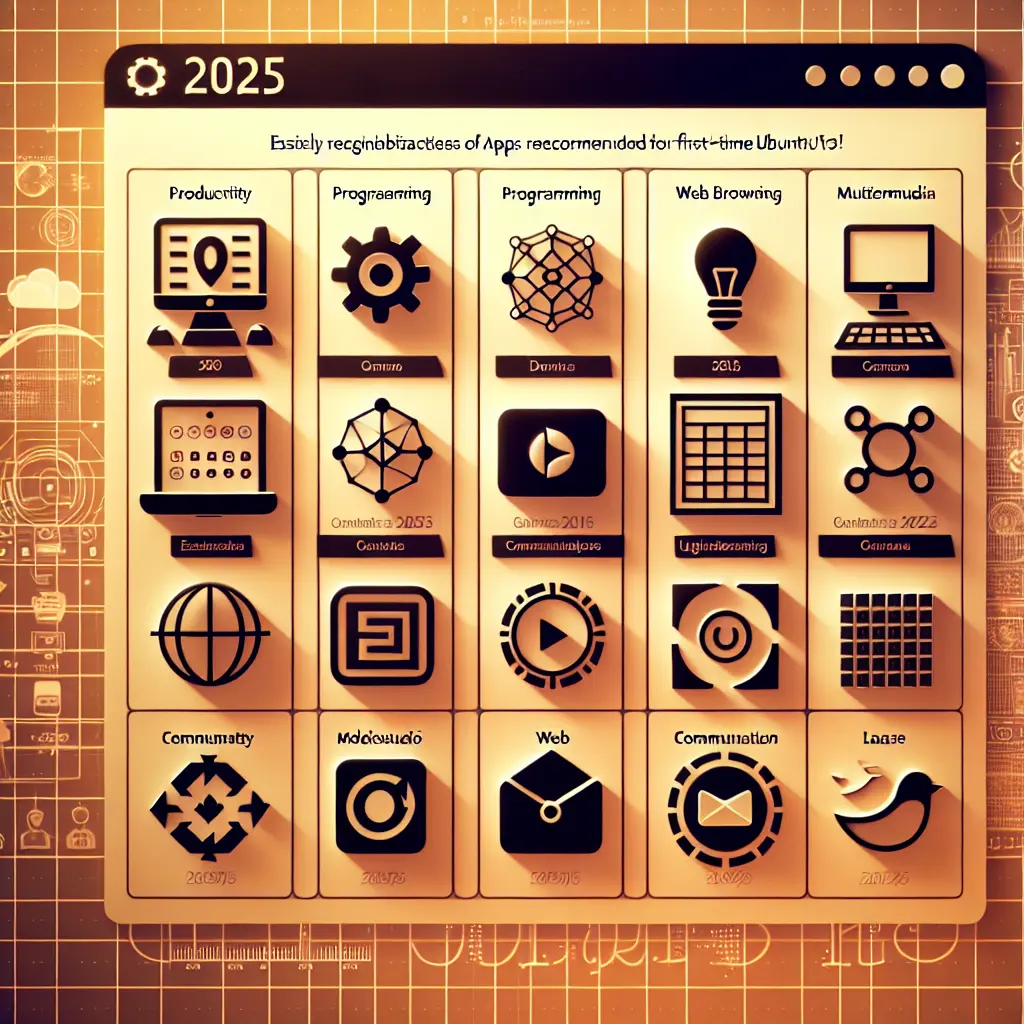Open source software is revolutionizing the way we build and experience smart homes, empowering users to craft living spaces that truly adapt to their lifestyles.
When we think of smart homes, visions of lights responding to our moods, thermostats learning from the weather, and security systems silently safeguarding our spaces come to mind. These innovations are no longer the domain of science fiction, thanks in large part to open source software projects that democratize access to smart home technology.
One standout example is Home Assistant—a powerful, community-driven open source platform. This project is making waves for its flexibility, privacy-first design, and robust integration options, enabling beginners and enthusiasts alike to automate and control their homes without vendor lock-in.
Why Open Source Matters in Smart Homes
Open source projects like Home Assistant offer several key advantages for anyone embarking on a smart home journey:
Freedom of Customization: Unlike proprietary solutions, open source platforms let you tailor automations and device integrations to your precise needs.
Privacy and Security: With control over your own data, you can avoid unnecessary cloud dependencies and potential privacy concerns.
Vast Device Compatibility: Open source communities drive rapid support for new devices, ensuring you aren’t limited by a single manufacturer’s ecosystem.
Community Support: Forums, wikis, and dedicated contributors provide help, tutorials, and new features at a rapid pace.
Getting Started with Open Source Smart Home Platforms
If you’re new to smart home automation, starting with an open source project like Home Assistant is a rewarding path. Here’s a brief roadmap to building your ultimate smart home:
Hardware Selection: Set up Home Assistant on affordable hardware such as a Raspberry Pi or a modest PC.
Device Integration: Connect devices from various brands—lights, thermostats, sensors—without worrying about compatibility roadblocks.
Automations: Define simple rules (like turning on lights when you get home) or complex routines (adjusting climate settings based on the weather forecast).
User Interface: Use intuitive dashboards to monitor and control your smart home from any device.
Ongoing Improvement: Tap into a thriving community for ideas, troubleshooting, and continuous enhancements.
Thanks to open source software, building a home that anticipates your needs is more achievable than ever. Whether it’s adjusting lighting based on your mood or integrating weather-aware thermostats, the tools are freely available for anyone willing to experiment.
For those seeking inspiration or a practical guide to getting started with Home Assistant in 2025, check out the detailed walkthrough at this article.
The Future of Smart Living with Open Source
Open source projects are shaping the future of smart living—one community-driven innovation at a time. Dive in, collaborate, and watch your home become smarter every day.
Happy automating!









Leave a Comment